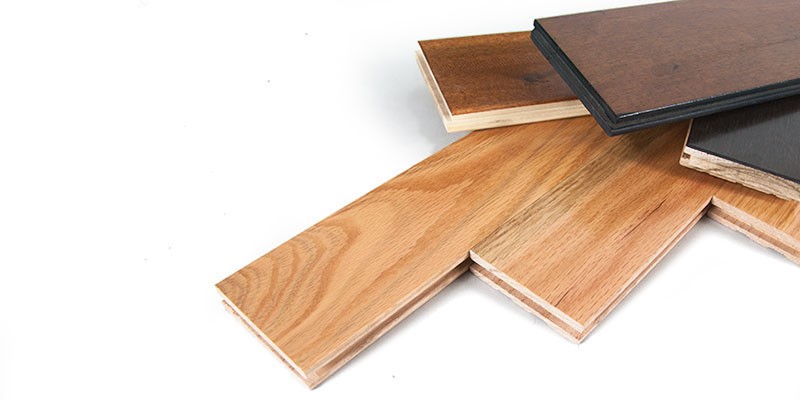Contents
Introduction
Engineered wood flooring refers to using a minimum of three to around a maximum of ten layers of wood veneers. The veneers can have a difference in their thickness. However, a thicker surface is preferred as it is comparatively more water-resistant and can be refinished many times. In an engineered hardwood, there could be five to seven plywoods. It means it has made up of solid hardwood as well as a durable plywood core. The top layer has made of high-quality species of wood such as Maple or Oak.
The top layer needs to be 2mm to 6mm thick. It is because only then it can be refinished several times. As in the case of a thin top veneer, the flooring cannot be refinished multiple times. The thickness of the top surface will hence decide how long the floorboard will last. This top layer also helps in determining the price of the final product. The sublayers could have been made of different types of wood. This is because the various species of wood allow the floorboard to become more resistant to humidity; hence, it becomes more stable. The grains of each layer of wood run in different directions so that the floorboards could become more stable. During humidity and temperature fluctuations, engineered hardwood considers more stable than solid wooden floorboards. However, when was it exactly when people decided to shift from solid wood flooring to engineered wood flooring?
The Arrival of Engineered Wood Flooring:
It was in the 1960s when engineered wood flooring had manufactured. People found it difficult to install hardwood flooring in their basements and first floors as the buildings had built on concrete slabs. The engineered wooden floorboards first came in a single thickness, and there weren’t many varieties available. These floorboards had manufactured using only a few types of wood.
Evolution of Engineered Wood flooring:
Today, the popularity of engineered wood flooring has widely increased. They are not only used for the basements and first floors of buildings built on concrete slabs. They could be used anywhere from kitchens to lounge etc.
Moreover, the engineered wood flooring that once had a standard thickness now comes in a variety of sizes. It ranges from three-eighths to three-fourths inch thickness. This difference in thickness helps in bridging the transition between rooms and results in a more smooth finish.
Furthermore, they became easier to install due to their tongue and groove features. It also makes them more stable. As a result, many people decide to use it when starting a DIY(Do it yourself) flooring installation. For a do-it-yourself project, people usually glue down an engineered wood floor. People now also lay them over radiant heat systems as they are much more effective in transferring heat than solid wood flooring.
Engineered wood flooring with all its advancements suggests that people now have as many options to choose from.
Benefits of Engineered Wood Flooring:
If you want durable wooden flooring, then engineered wood flooring can prove to be the right choice. It expands less as compared to solid wood flooring. Their durability is greater than solid wood, we already know; engineered wood floorboards are made of several layers of plywood. This increases their toughness and the ability to resist moisture level changes. Moving on, engineered wood flooring can be sanded and refinished. This means they can be given a fresher look when they start looking dull. Plus, they are perfect for DIY projects and professional installing. Hence, they are super easy to install. Not only this, after installation, they look just like solid floorboards. This is because the upper or the top layer is made of solid wood. However, the core made of plywood layers gives it better stability and resistance. These days engineered wood flooring comes in a lot of different colors, designs, and species. The wide variety allows all types of preferences to be met. Further, the buying of engineered wood flooring goes easy on one’s pocket as it is less costly than solid wood.
The bottom line
The long list of benefits engineered wood flooring has cannot be ignored. So next time, keep these facts in mind before choosing the right flooring material for your buildings!

